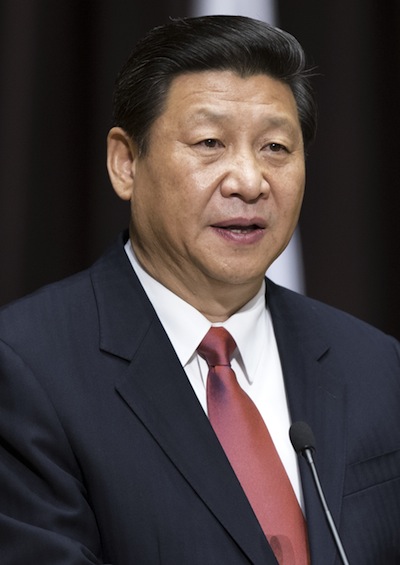Is China’s One-Party Rule Undemocratic?
Can one-party rule enable consensus, competence, the competition of ideas and a can-do spirit?
April 1, 2014

1. There is nothing new about one-party governance in China.
2. Since its first unification in 221 BC, China practiced a kind of one-party rule or rule by a unified Confucian elite for most of the past two millennia.
3. In most of the one-party-rule era, China was arguably a better-governed country and a more prosperous economy than Europe of the same epoch.
4. China only began to lag behind Europe when it closed its door to the outside world and missed the Industrial Revolution of the 18th century.
5. The Communist Party of China (CPC) has to a great extent followed the Confucian tradition and built a system of selecting its leaders based on merit and performance.
6. The CPC’s top decision-makers worked as party secretaries or governors at the provincial level (to be specific, 6 out of 7 Politburo’s Standing Committee members).
7. China’s top political managers have on average each administered a population of about 100 million before being promoted to their current positions in Beijing.
8. The word “party” may be a misnomer for the CPC, as it bears no similarity with the parties in western countries, each of which represents distinct group interests.
9. China’s Communist Party contains many different interests, which compete with one another on ideas, competence, consensus and can-do spirit.
10. In China’s own political tradition, the CPC has tried to represent the interests of the overwhelming majority of people, who apparently accept this.
From The Five Reasons Why China Works by Zhang Weiwei (Director of the Centre for China Development Model Research, Fudan University, Shanghai), based on an article in the Huffington Post.
Takeaways
There is nothing new about one-party governance in China.
In most of the one-party-rule era, China was better governed and more prosperous than Europe of the same epoch.
China’s top decision-makers have administered a population of about 100 million before assuming posts in Beijing.
Author
The Globalist
Read previous

Parachuting Over Ukraine, at Age 90
March 30, 2014